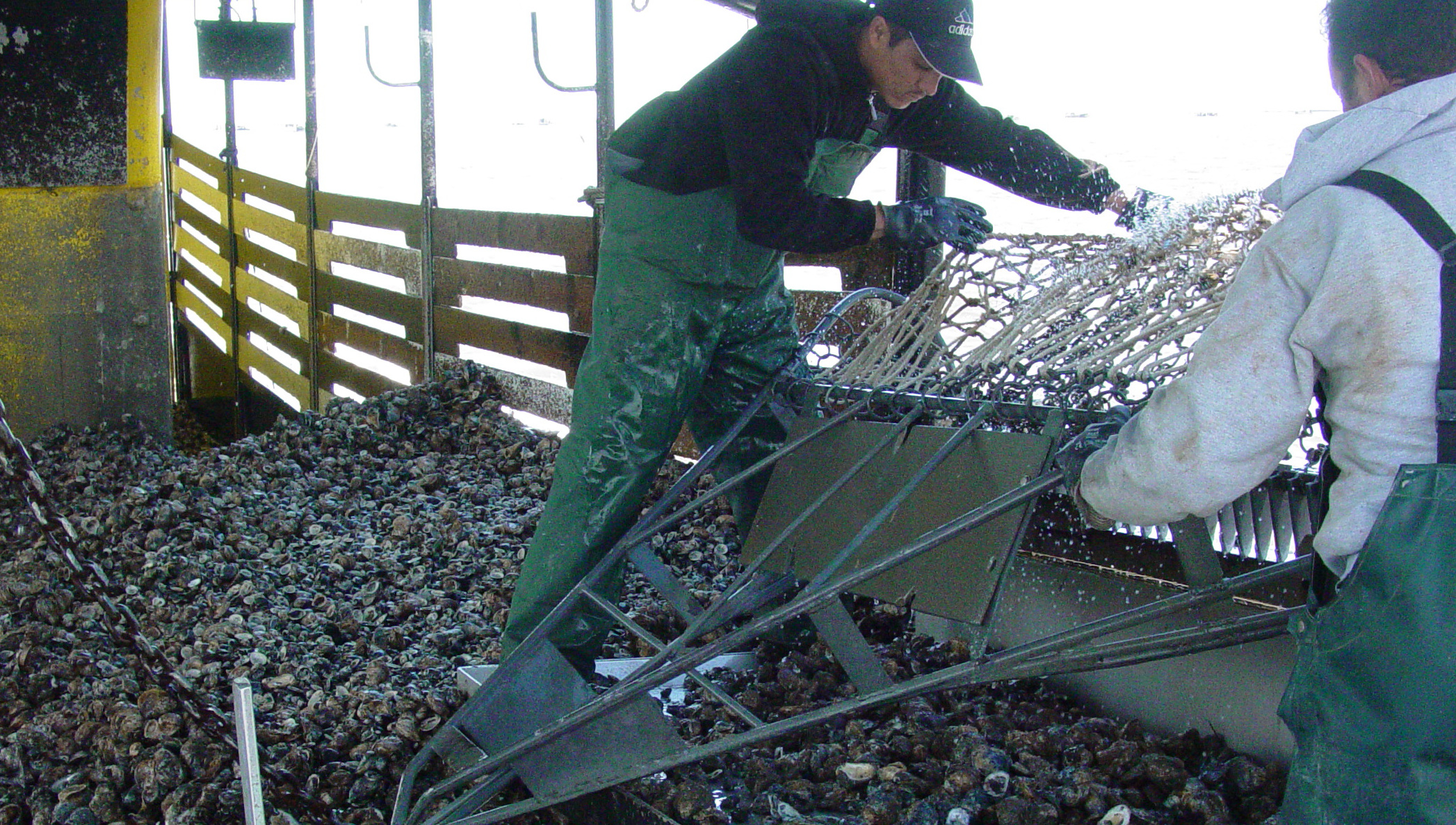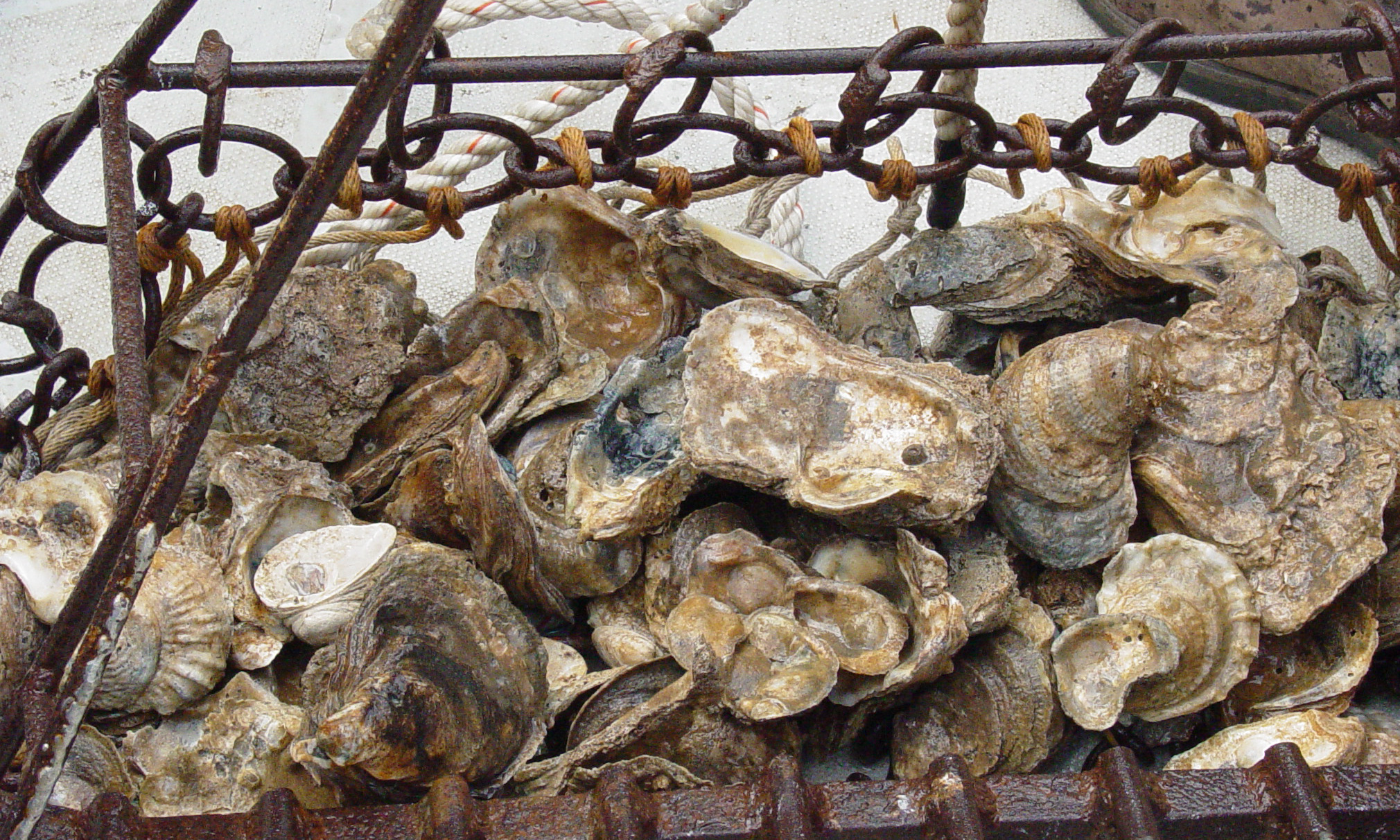Home
Shell Budget Model

The shell budget model uses no-net-shell-loss as a sustainability reference point to determine sustainable harvest of oysters. Sustainable harvest is the volume of live oysters that can be removed without diminishing reef shell mass. The model has practical application in identifying areas for closure to oyster fishing, determining total allowable catch, managing shell planting and restoring reefs.
Dermo Data

The parasite Perkinsus marinus (dermo) is a major cause of mortalities of oysters in the Gulf of Mexico. The data repository shows station information, water temperature and salinity, and disease prevalence and intensity of juvenile and commercial size oysters from estuaries across the Gulf.
Knowledge of disease intensity can be used to manage oyster crops. For example, heavily-infected populations of oysters can be harvested and marketed before they are killed by disease or transplanted to low-salinity reefs where they have a greater chance of survival.
Organization Data

Oyster Sentinel collaborates with a variety of organizations. Select an organization below:
- Alabama Department of Conservation and Natural Resources
- Auburn University
- Florida Fish and Wildlife Conservation Commission
- Florida Gulf Coast University
- Louisiana Department of Wildlife & Fisheries
- Louisiana State University
- Mississippi Department of Marine Resources
- Texas A&M University
- Texas Parks and Wildlife Department
- University of Florida
- University of Houston-Clear Lake
- University of New Orleans
- University of Southern Mississippi